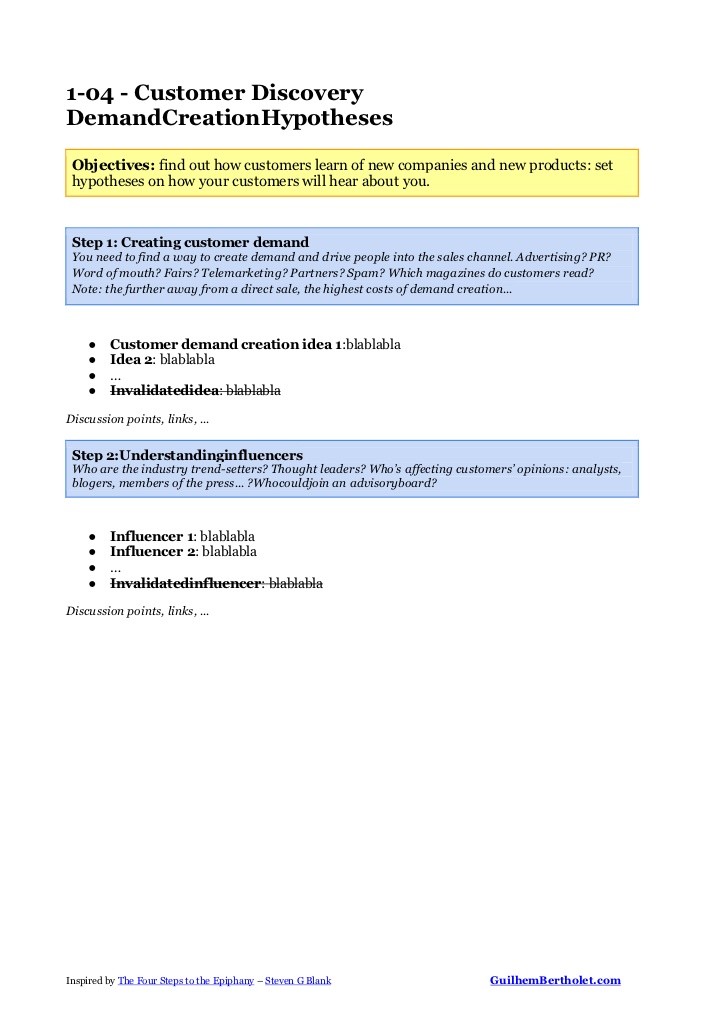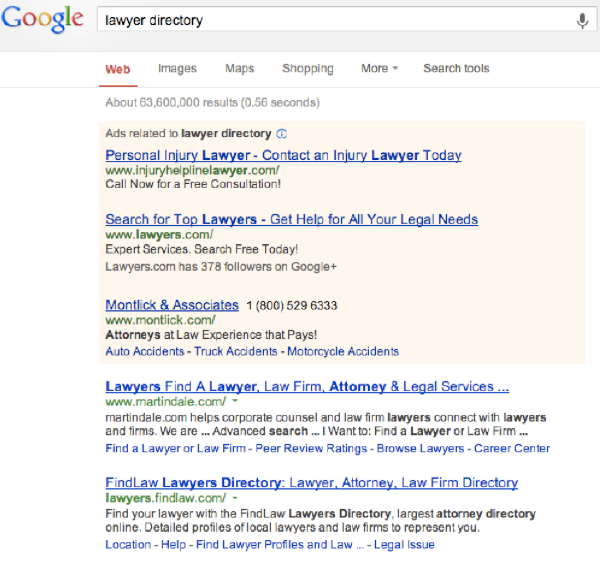Four steps to finding your niche Investment Executive
Post on: 16 Март, 2015 No Comment

Look well beyond asset levels
Defining a niche is one of the most important steps you can take in building a financial advisory business, says Sara Gilbert, founder of Strategist in Montreal. To find that target market, however, you’re going to have to look at more than just how much money a client has to invest.
Traditionally, when defining a target market, advisors focus on a client’s investible assets, his or her profession and his or her age, Gilbert says. However, for a more focused niche that is more likely to increase your business, you need to consider other characteristics as well.
Here are four steps you can take in finding your ideal target market:
1. Consider the client’s life stage
Add a psycho-graphic layer to the definition of your niche, says Gilbert.
In other words, take a look at where your ideal clients are in their life cycle. For example, are they in the accumulation phase, in which they are about to buy a house or saving for retirement? Or are they retired and in the de-accumulation phase?
2. Follow the money
When defining your target market, Gilbert says, consider the source of each client’s wealth.
Someone who inherited his or her wealth — as opposed to someone who built a business from scratch — she says, would have a completely different relationship with money.
That’s why it’s important to consider where a client’s money is coming from when defining a niche. For example, did the client receive an inheritance? Did he or she receive money as a result of a divorce? Or is the client a high-income earner?
3. Observe clients’ behaviour

When defining a niche for your business, think carefully about how involved you want your ideal client to be with his or her investments.
For example, Gilbert says, if you are a portfolio manager, you will probably prefer a client who is interested in delegating the day-to-day management of his or her investments. You may not want to work with a very hands on client.
4. Look at your clients
Examine your current clients to determine the type of clients you would prefer to work with in future. Look at your book of business, Gilbert says, and determine which clients you would like to replicate. Which clients do you and your team most enjoy working with?
Make sure your preferred list is a small one, says Gilbert, who recommends focusing on two to three client profiles at most.
This is the first installment in a two-part series on building a niche-market practice.














